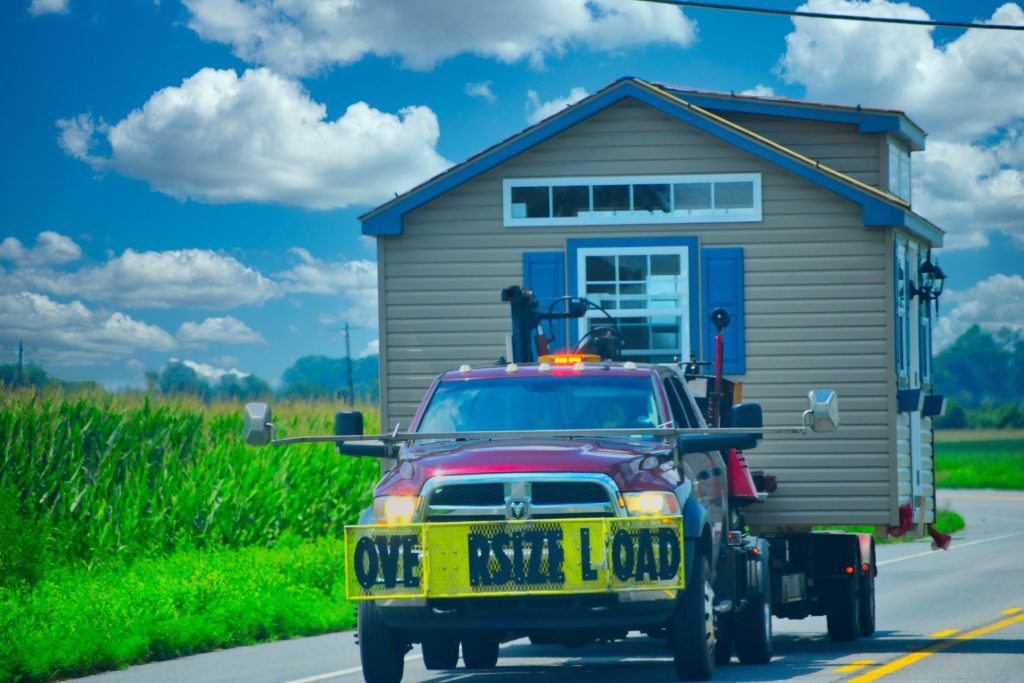Transportable homes have become the alterative housing choice amidst the rising prices of traditional houses. In addition to this, they are a practical solution to families who live a remote or relocation lifestyle and informal living. These movable homes are created as full housing units in a factory and shipped to the location of the ordering recipient.
If this is an option that you’re contemplating for your family, then it’s advised you should be aware of the major considerations to inform your decision. The prefab home should be a hostel that caters to your family needs, budget and length of stay.
Here are the top tips to guide your decision in choosing a transportable home:
The Costs Involved
The financial planning of your transportable home will likely be the most important element to choosing your home. There are various pricing plans available for each type of home where size and space determine value. A key tip here is to think about financing your transportable home in the same way you would a typical home. You’ll also need to factor in transportation costs to get your home delivered, buying furniture as well as household amenities.
Movable homes companies such as Unit2Go Transportable homes come with price lists and funding options to choose from. This can help you craft a budget that’s focused and fixed. Most often you have choices to pay as a rental amount, a loan term with interest or once-off upfront using your own means of financing or to apply with a partnered financial company. Payments are usually accepted in monthly or weekly payouts depending on the purchase you’ve opted for.
The House Size
What makes portable homes so practical is their sizing, lightweight material and the ability to be delivered as an ‘empty shell’ unit. Due to this, the size of the home should be an important factor when deciding on a home to choose. Fortunately, sizes do come in a variety of flexible options with regards to their width, height, and spacing.
Smaller families and retired couples could make use of one bedroom compacted tiny homes, granny flats and cabins. This choice can be ideal for your family if you just need an extra room on your existing property. It can be used as a multipurpose spare bedroom or a long-term residence for an extended family member or friend.
Larger families have the option of a 2-3-bedroom home with rooms that can be adjusted to make use of the space as you need it. For example, the 3-bedroom can be converted into a 2-bedroom cabin with the extra room converted into a separated living area for more space.

Your Family Lifestyle
One important factor to consider is how you and your family live and the purpose of buying the transportable home in the first place. Are you looking for an alternate choice to buying a conventional home, or do you constantly relocate and need to take your home with you?
Perhaps your family enjoys camping in different locations and you prefer staying in a home you can take with you. Whatever your reasoning is, there is a movable home to suit your family’s activities.
Small cabins with transparent screen doors are perfect for camping and to get the aesthetic of sleeping outdoors and an ‘under the stars’ feel. The larger and more spacious transportable homes can be placed onto bought land and decorated to feel like a permanent family home. In this case, a brick layered walkway can be built outside to connect your home to a sidewalk and street.
Custom Design or Standard Plan
Gone are the days of simplistic ‘cookie cutter’ square house designs for portable homes. Now homes have a diversity of standardized plans and designs to choose from or can be custom designed to suit your family needs. This can be done if you need to repurpose a room in the house or if you need outside space such as a porch.
Custom design should be considered if it fits into your budget and you can’t find all the components you need in a standard plan.
Most modular homes are made from ply and steel with wooden or carpet flooring and insulated walls to keep your house occupants warm. However, you can have the interiors styled to your preference. This can be selecting the kitchen design, light fixtures, the type of flooring and furniture that doubles as outdoor furniture to integrate the inside and outside spaces.
Conclusion:
Choosing the suitable transportable home can be accomplished after a few key considerations. You’ll need to think about finances, sizing and whether to choose a standard home or have one designed.
Then you should evaluate your chosen home on whether it will support your family lifestyle. Remoteness and relocation frequency should also be a deciding factor for the practicality of getting a home transported to you. All these ideas can be thought of collectively to help you in finding the most beneficial transportable home.






